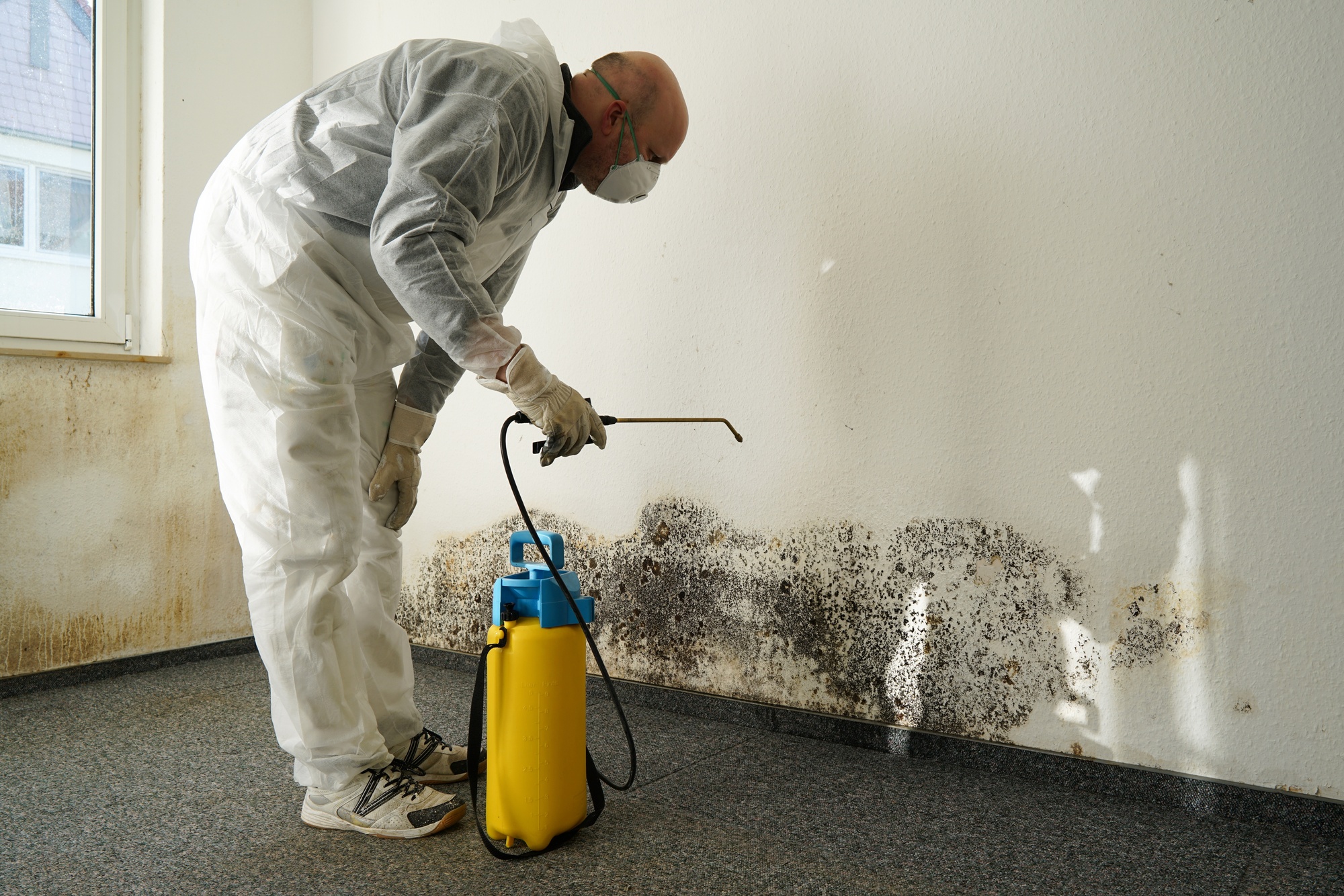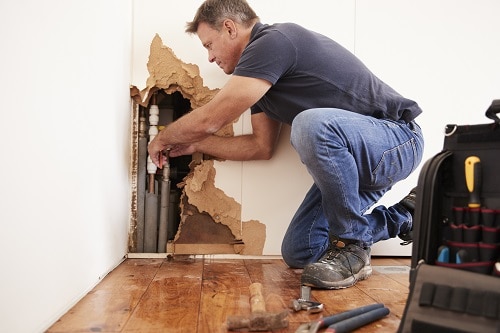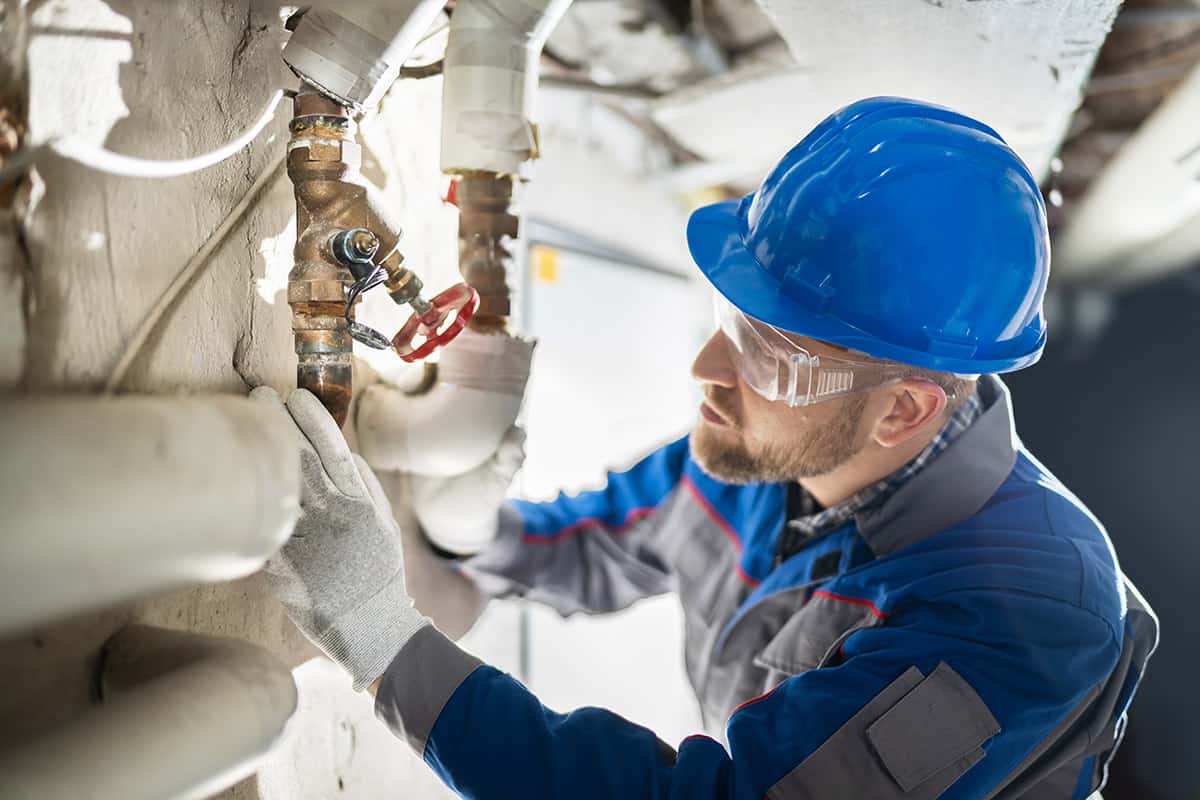Water Damage Restoration 101: Understanding the Process and Cost
Water damage can strike suddenly, leaving house owners in a state of complication. Comprehending the repair process is vital for reliable healing. From examining the damage to choosing the right provider, each action influences the general outcome and cost. Factors such as the sort of water damage and seriousness additionally play a significant function. What are the specific methods utilized in restoration, and just how can one get ready for possible costs?
Kinds Of Water Damage

Initial Analysis and Inspection

Water Extraction Methods
Adhering to the first assessment, efficient water removal techniques are employed to reduce damage and stop additional concerns. These techniques include using specific devices such as industrial-grade vacuum cleaners and completely submersible pumps - Water Damage Restoration. The choice of method relies on the volume of water existing and the kind of materials affected. For standing water, completely submersible pumps are usually utilized for quick removal, while vacuum cleaners are perfect for removing water from rugs and upholstery. In addition, progressed techniques like water extraction floor coverings may be utilized for hard-to-reach areas - Flood Cleanup Services. The objective is to remove as much water as feasible, reducing the possibility for mold development and structural damage. Motivate and efficient water extraction is important in the general water damage repair procedure
Drying and Dehumidification Process
Once the water removal is complete, the drying and dehumidification procedure comes to be crucial to bring back the affected location. This phase generally utilizes industrial-grade dehumidifiers and air movers to efficiently decrease wetness levels. The dehumidifiers pull in wet air, eliminating excess moisture, while air moving companies circulate air to increase dissipation. Monitoring devices is usually utilized to track humidity and temperature levels, making certain suitable drying out conditions. The duration of this process can vary depending on the extent of the water damage and environmental variables. It is vital to extensively completely dry all affected materials, including walls, flooring, and furnishings, to stop mold and mildew development and architectural damage. Proper execution of this step is vital for an effective repair end result.
Cleaning Up and Sterilizing Damaged Areas
A thorough initial analysis and examination of influenced locations is crucial to identify contamination levels as soon as the drying out procedure is total. Water Damage Restoration. Efficient cleaning methods and ideal items have to then be utilized to eliminate debris and spots. Lastly, sanitization and disinfection techniques are necessary to assure that damaging pathogens are eliminated, recovering the space to a risk-free problem
Initial Evaluation and Inspection
Before beginning any type of reconstruction efforts, a detailed first assessment and assessment of the influenced locations are vital for effective cleaning and sterilizing. This process includes recognizing the level of water damage, identifying the resource of the water invasion, and examining the materials influenced. Inspectors usually look for indications of mold and mildew development, structural honesty issues, and harmed belongings. The evaluation additionally consists of inspecting dampness levels making use of customized tools to assure no covert water pockets continue to be, as these can lead to additional difficulties. Documenting the findings is vital for preparing the following action in the remediation procedure. A thorough initial assessment allows reconstruction professionals to develop a targeted approach for efficient cleansing and disinfecting, inevitably decreasing damage and wellness risks.
Cleaning Strategies and Products
Efficient cleansing and sterilizing of water-damaged areas need a selection of items and methods customized to the specific products impacted. For porous surface areas like drywall and carpeting, removal techniques are important to eliminate excess moisture, complied with by deep cleaning with specialized cleaning agents. Non-porous products such as tile or steel can be cleaned making use of commercial-grade cleaners that properly remove contaminants. Vapor cleansing is an additional efficient method, particularly for carpets and upholstery, as it makes use of heats to get rid of microorganisms and mold (Flood Cleanup Services). In addition, green products are significantly preferred for their security and efficacy - Mold Remediation After Water Damage. Eventually, choosing the proper cleaning methods and products not just guarantees immediate cleanliness but likewise aids in avoiding further damage and health dangers connected with water invasion
Sanitization and Disinfection Techniques
When dealing with water damage, proper sanitization and sanitation techniques are necessary to guarantee the safety and security and health of the damaged environment. After first cleansing, surface areas need to be treated with suitable anti-bacterials to eliminate virus, mold and mildew, and bacteria that grow in damp problems. Common techniques include the usage of EPA-approved chemical disinfectants, which can be used with splashing or cleaning strategies. In addition, ultraviolet (UV) light systems can efficiently sterilize areas by neutralizing microorganisms without severe chemicals. The option of technique commonly relies on the sort of materials impacted and the degree of contamination. Eventually, comprehensive sanitization not only restores a safe space but likewise aids prevent future health and wellness dangers connected with lingering dampness and mold growth.

Repair Work and Restoration Options
Evaluating the damage triggered by water exposure is important for identifying the suitable fixings and restoration options. Property owners might encounter numerous concerns, consisting of harmed drywall, warped flooring, and compromised structural components. Depending on the extent of the damage, repair work may include changing sections of drywall, mounting brand-new floor covering, or enhancing architectural beam of lights. In situations of severe damage, complete substitute of damaged products could be essential. Additionally, professional conservators frequently recommend using moisture meters to assess hidden moisture degrees prior to making a decision on the most effective course of activity. It is crucial to act immediately to stop mold and mildew growth and further wear and tear. Selecting the ideal alternatives not just brings back the residential or commercial property but additionally ensures long-term safety and capability.
Aspects Influencing Restoration Prices

The level of water damage directly affects the reconstruction costs property owners can anticipate to sustain. Variables such as the source of the water, the duration of direct exposure, and the damaged products greatly influence pricing. Tidy water damage from a busted pipeline is usually much less pricey to recover compared to damage caused by sewage. Additionally, the level of contamination dictates the need for specialized cleansing and disposal services, better raising expenditures. Geographical area additionally contributes, as regional labor rates and schedule of remediation services can vary. Lastly, the seriousness of the action influences costs; quicker interventions usually result in reduce overall expenses by protecting against more damage. Recognizing these variables is essential for home owners when approximating repair expenses.
The three key types of water damage are classified based on contamination levels: tidy water, gray water, and black water. An extensive first assessment and assessment are important website steps in the water damage remediation procedure. For standing water, completely submersible pumps are normally made use of for rapid elimination, while vacuums are ideal for drawing out water from carpets and furniture. The degree of water damage directly influences the restoration costs property owners can expect to sustain. Tidy water damage from a damaged pipeline is normally less pricey to restore compared to damage created by sewer.